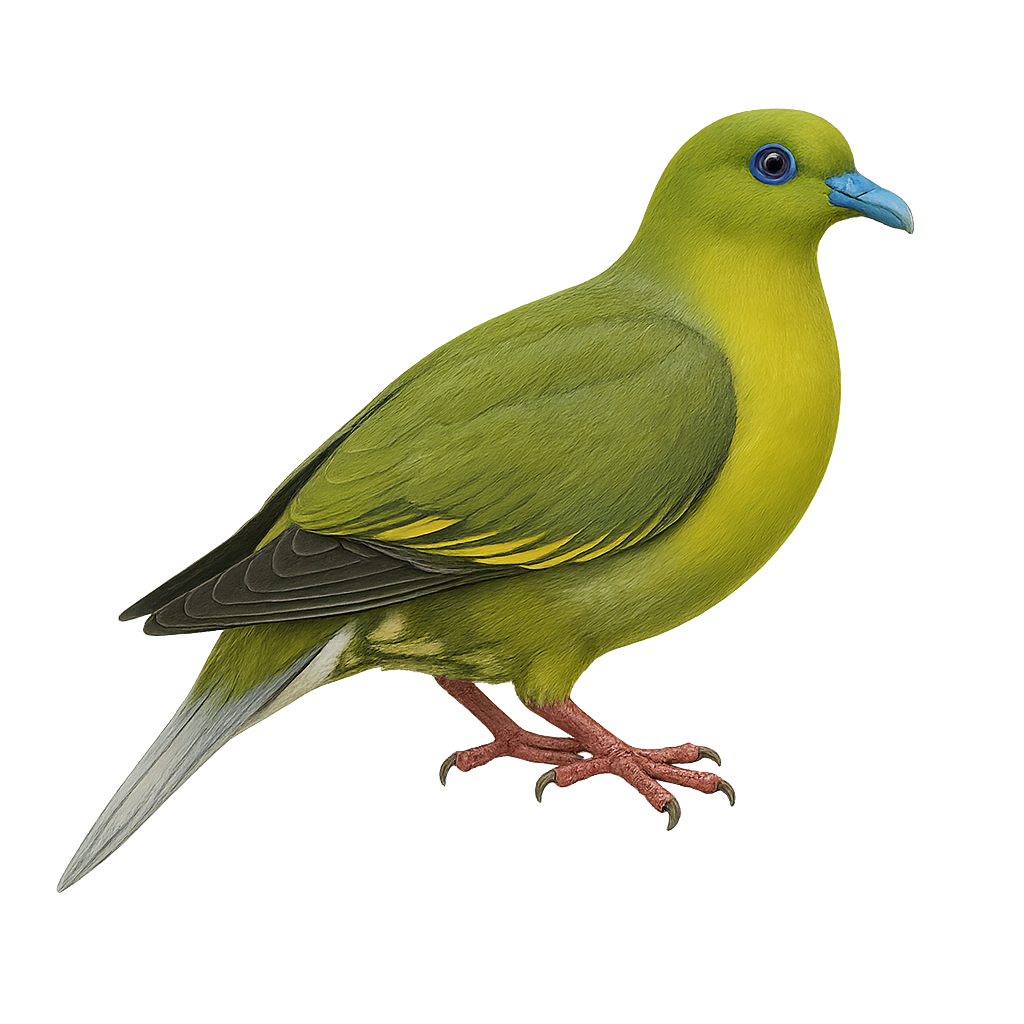Your wildlife photography guide.
Explore the pin-tailed green pigeon in detail, study its behavior, prepare your shots.
Where to observe and photograph the pin-tailed green pigeon in the wild
Learn where and when to spot the pin-tailed green pigeon in the wild, how to identify the species based on distinctive features, and what natural environments it inhabits. The WildlifePhotographer app offers tailored photography tips that reflect the pin-tailed green pigeon’s behavior, helping you capture better wildlife images. Explore the full species profile for key information including description, habitat, active periods, and approach techniques.
Pin-tailed Green Pigeon
Scientific name: Treron apicauda

IUCN Status: Least concern
Family: COLUMBIDAE
Group: Birds
Sensitivity to human approach: Suspicious
Minimum approach distance: 10 m
Courtship display: April to May
Incubation: 17-19 jours
Hatchings: April to June
Habitat:
Tropical forests, subtropical forests, wooded areas
Activity period :
Primarily active during the day, with peak activity in the morning and late afternoon.
Identification and description:
The Pin-tailed Green Pigeon, or Treron apicauda, is a medium-sized bird belonging to the Columbidae family. It is characterized by its vibrant green plumage, pointed tail, and shades of yellow and grey on its wings. This bird is primarily arboreal and feeds on fruits, especially figs. It is found in the tropical and subtropical forests of Southeast Asia, including India, Bangladesh, Thailand, and Vietnam. Often seen in small flocks, it moves from tree to tree in search of food. Although its habitat is threatened by deforestation, it is currently classified as "least concern" by the IUCN.
Recommended lens:
400 mm – adjust based on distance, desired framing (portrait or habitat), and approach conditions.
Photography tips:
To photograph the Pin-tailed Green Pigeon, it is advisable to use a 400mm lens or longer to capture precise details without disturbing the bird. Look for areas where fruit trees are abundant, as these birds are often attracted to fruit. Be patient and discreet, as although they are suspicious, they may get used to your presence if you remain still. Use a tripod to stabilize your camera and adjust your camera settings for low-light conditions under the canopy.
The WildlifePhotographer App is coming soon!
Be the first to explore the best nature spots, track rutting seasons, log your observations, and observe more wildlife.
Already 1 430 wildlife lovers subscribed worldwide

